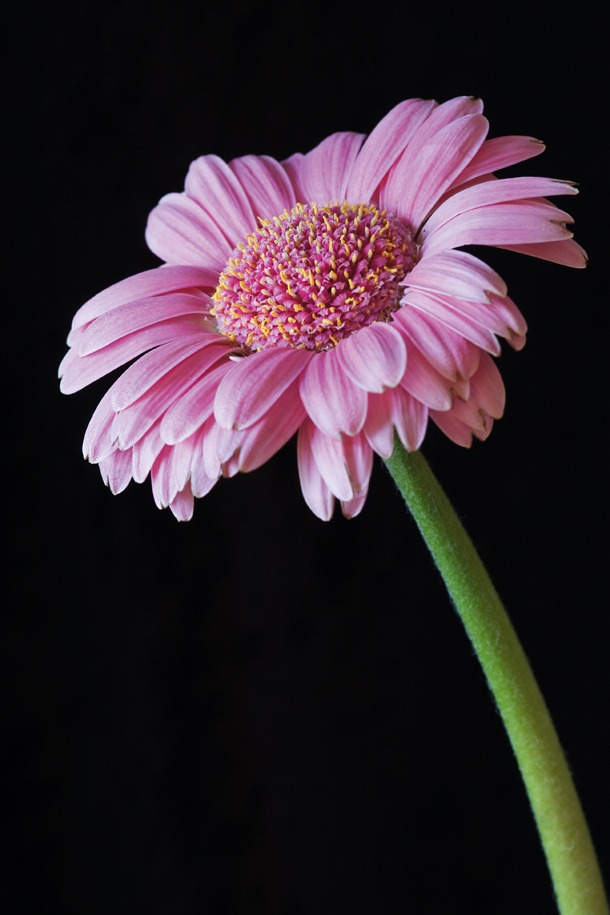Flowers
Here are some practical tech tips for flower photography to help you capture stunning images:
Camera Settings
Aperture: Use a small aperture (e.g., f/8 to f/16) for a deep depth of field to keep the entire flower in focus. For creative effects, use a larger aperture (e.g., f/2 to f/6.3) for a shallow depth of field, isolating specific parts of the flower like petals or stamens.
Shutter Speed: Use a fast shutter speed (above 1/200) if there’s wind or movement. Otherwise, slower speeds are fine when using a tripod.
ISO: Keep ISO low (100–200) to minimize noise. Increase it only in low-light conditions.
Equipment Tips
Tripod: Essential for stability, especially with narrow apertures and long exposures. It ensures sharp images and helps manage depth of field effectively.
Extension Tubes: Affordable tools to convert standard lenses into macro lenses, allowing close-up shots with intricate details.
Manual Focus: Use manual focus for precision, especially in close-up shots where autofocus may struggle with fine details.
Lighting Techniques
Overcast Days: Soft, diffused light on cloudy days is ideal as it reduces harsh shadows and enhances details.
Backlighting: Position the flower between your camera and a light source (e.g., the sun) to highlight translucence and shape. Experiment during golden hours for warm, soft light.
Reflectors: Use reflectors to bounce light into shadowed areas or diffuse harsh sunlight.
Creative Enhancements
Dew Drops: Add dew drops with a spray bottle for a fresh, magical look. Aim to capture how they magnify details and refract light.
Focus Stacking: Combine multiple images with different focal points to achieve sharpness across the entire flower or scene.
Background Control: Use wide apertures for soft, blurred backgrounds or narrow apertures for detailed surroundings.


More Tips
Post-Processing
Edit photos in software like Adobe Lightroom or Photoshop:
Adjust contrast and saturation for dramatic effects.
Experiment with black-and-white conversions to emphasize texture and composition.
Add film-like grain or tweak white balance for mood adjustments.
By combining these technical strategies with experimentation, you can elevate your flower photography to create visually striking images.